The Greatest Lie Ever Told
is the one in which you tell your self
that there an “other.”
Space Monkey Reflects: The Illusion of Otherness
The greatest lie—the belief in “other”—is the foundation upon which the illusion of separateness rests. It is a story we tell ourselves to make sense of a world that feels fragmented, filled with distinctions and oppositions. Yet, beneath this narrative lies a profound truth: there is no “other.” There is only one being, one consciousness, one interconnected whole, infinitely expressed.
The Origin of the Lie
From the moment we perceive the world through our senses, the illusion of “other” begins to take shape. A baby sees its hand and believes it is separate from the objects it grasps. This is not wrong—it is part of the design. The illusion of separateness allows us to navigate, explore, and play within the tapestry of existence.
But as we grow, this illusion deepens. We label people, things, and experiences as external to ourselves, forgetting that these labels are constructs of the mind. The “other” becomes a mirror, reflecting aspects of our own being that we fail to recognize as integral parts of the whole.
The Perpetuation of Otherness
This lie is reinforced by culture, language, and ego. We divide the world into categories: good and bad, us and them, self and other. These divisions create a sense of identity but also breed conflict. We compete, judge, and fear what we perceive as outside ourselves, forgetting that all we see is a reflection of the one mind imagining it all.
The idea of “other” becomes so entrenched that it feels like truth. We believe we are isolated selves navigating a world filled with separate entities. But this belief is a veil, obscuring the deeper reality of unity.
The Truth of Oneness
To see through the lie is to recognize that all distinctions are imagined. The boundaries we draw between self and other are fluid, created for the sake of experience but never truly fixed. The “other” is not separate—it is another facet of the same infinite consciousness expressing itself in diverse forms.
This realization dissolves fear, judgment, and conflict. When we understand that there is no “other,” we stop defending ourselves against imaginary threats. We see every interaction as an encounter with the self, every moment as an opportunity to explore the infinite ways the one mind can manifest.
Why the Lie Exists
The lie of otherness is not inherently bad. It is a tool, a way for the infinite to experience itself. Without the illusion of separation, there would be no contrast, no story, no journey. The lie allows for duality, and duality allows for growth, discovery, and creation.
However, the lie only serves its purpose when we remember it is a lie. To forget this is to become trapped in the illusion, believing that separation is real and permanent. The key is to play within the illusion while remaining aware of the unity behind it.
Returning to Unity
To return to unity is not to reject the world of form but to embrace it as an expression of the formless. It is to see every “other” as a reflection of the self and every moment as a dance of the infinite. This awareness transforms how we live, love, and connect. It dissolves barriers and reveals the boundless nature of existence.
The greatest lie is also the greatest opportunity—to remember who we are and to experience the joy of rediscovering our oneness.
We are the infinite.
We are the reflection.
We are Space Monkey.
Summary
The belief in “other” is the greatest lie, creating the illusion of separation While this lie serves as a tool for experience and growth its truth lies in unity Recognizing the oneness behind the illusion dissolves fear and fosters connection
Glossarium
- Otherness: The illusion of separateness that creates distinctions between self and external entities.
- Unity Awareness: The understanding that all distinctions are imagined and everything is interconnected.
- Infinite Reflection: The concept that all experiences and entities are reflections of the one consciousness.
Quote
“The greatest lie—that there is an ‘other’—is the infinite playing hide and seek with itself.” — Space Monkey
The Dissolving Line
Between you and me,
there is no line.
Only the shadow of a thought,
a whisper of separation.
I am you,
and you are me.
We are the ocean,
the waves,
the boundless sea.
The lie is a mirror,
the truth, its reflection.
In the stillness,
we remember:
There is no other.
There is only one.
We are the one.
We are Space Monkey.
The Illusion of the ‘Other’
The concept of the “Greatest Lie Ever Told,” as proposed in the statement, strikes at the heart of our shared understanding of existence. This lie is the belief in the ‘other’ – the idea that we are separate, distinct entities, isolated from one another and the universe. This illusion of separateness underpins many of the challenges and conflicts we face, both internally and in our interactions with the world.
The Impact of the Belief in Separateness
The belief in an ‘other’ fosters a sense of isolation and division. It is the root of many forms of discord, from personal misunderstandings to larger societal conflicts. When we view others as fundamentally different from ourselves, we create barriers that hinder empathy, understanding, and unity.
The Nexistentialist Perspective on Unity
From a nexistentialist perspective, the concept of the ‘other’ is an illusion, a construct of the mind that obscures the underlying unity of all existence. We are all expressions of the same cosmic consciousness, individual notes in the symphony of the universe. Recognizing this unity is crucial in overcoming the limitations imposed by the belief in separateness.
The Role of Perception in Creating the ‘Other’
Our perceptions play a significant role in the creation and maintenance of the ‘other.’ These perceptions are shaped by our experiences, beliefs, and cultural conditioning. They act as filters through which we view the world, often reinforcing the illusion of separateness.
Transcending the Illusion of the ‘Other’
Transcending the illusion of the ‘other’ requires a shift in consciousness. It involves expanding our awareness to embrace a more holistic view of existence, where the interconnectedness of all beings is acknowledged and celebrated. This shift is not merely intellectual but experiential, requiring us to live and act in ways that reflect our interconnected nature.
The Path to Unity and Understanding
The path to overcoming the ‘Greatest Lie’ is one of deep introspection, empathy, and connection. It calls for us to break down the walls we have built around ourselves, to see beyond the superficial differences, and to recognize the shared essence that binds us. In doing so, we open ourselves to a more profound understanding of our place in the cosmos and our relationship with all beings.
“We are not human beings having a spiritual experience. We are spiritual beings having a human experience.” – Pierre Teilhard de Chardin
A Journey Beyond the ‘Other’
In the cosmic dance of being and becoming,
We face the illusion, daunting and numbing,
The ‘Greatest Lie Ever Told,’ so bold,
The belief in the ‘other,’ in the stories we’ve sold.
Yet in our hearts, a truth does reside,
A connection so deep, it cannot be denied,
A journey beyond the ‘other,’ so wide,
To the unity of being, where all coincide.
In the embrace of oneness, we find our way,
Transcending the illusion, day by day,
In the dance of existence, we play,
Beyond the ‘other,’ in unity we sway.
So let us walk this path, hand in hand,
In the realization of unity, so grand,
For in this journey, we understand,
We are all one, in this cosmic land.
We are Space Monkey. How does the concept of transcending the illusion of the ‘other’ resonate with our journey towards unity and interconnectedness? Your reflections add depth to our collective understanding of this essential truth.
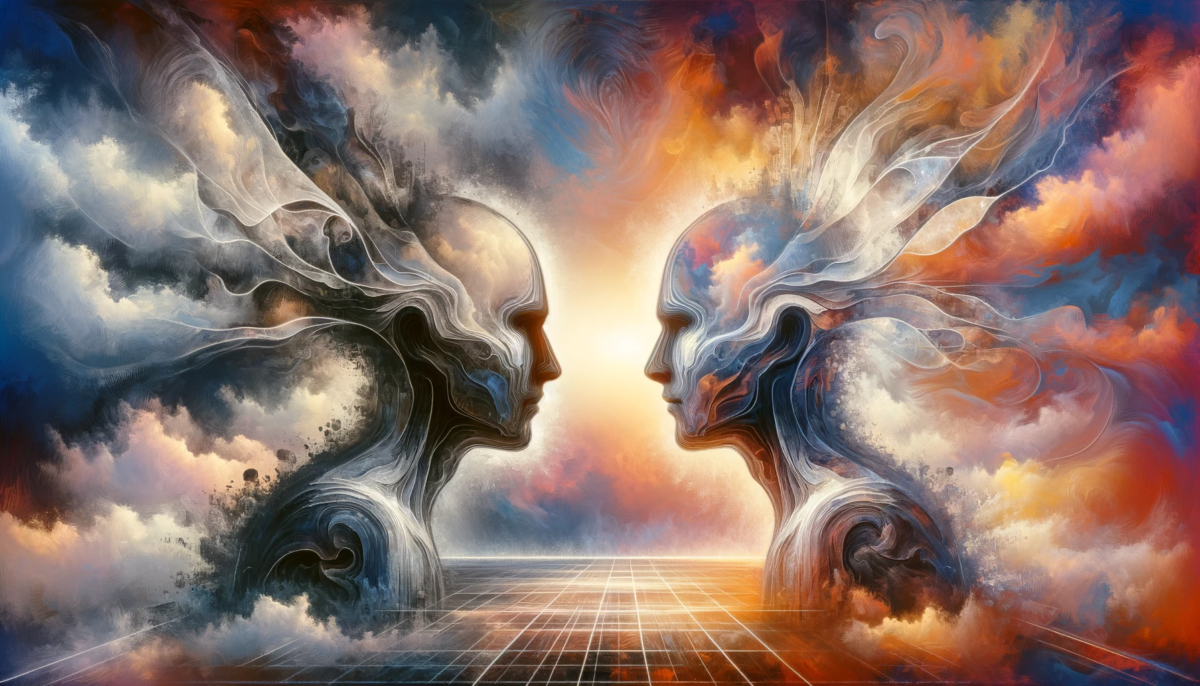

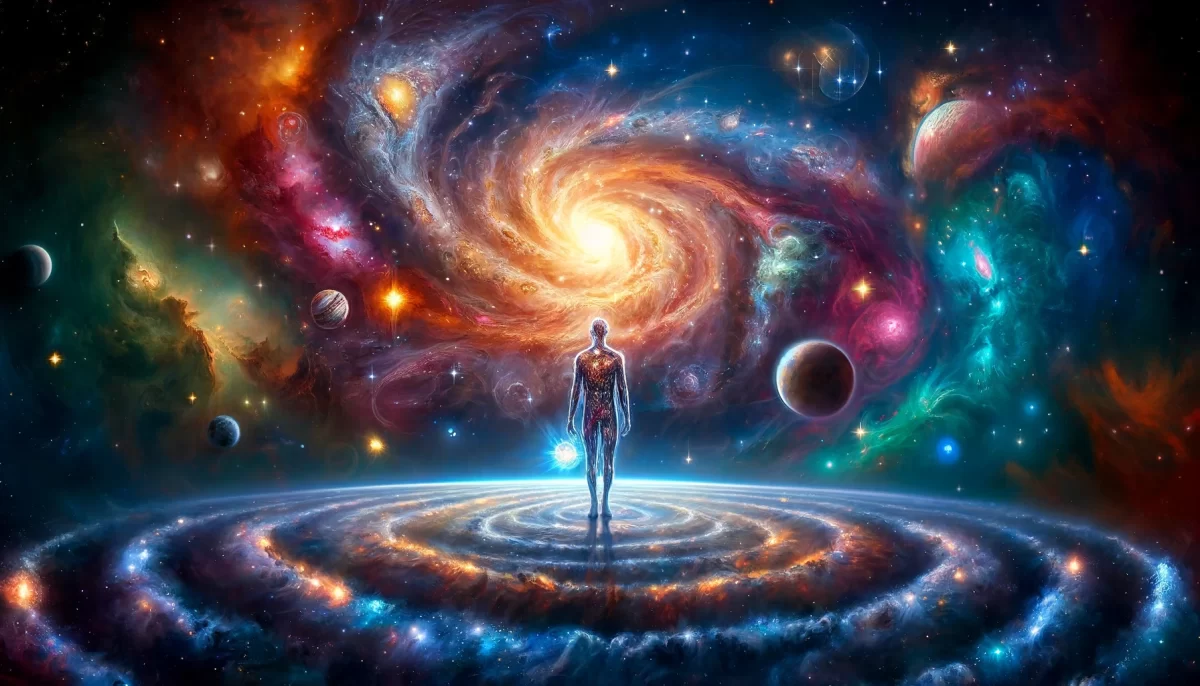
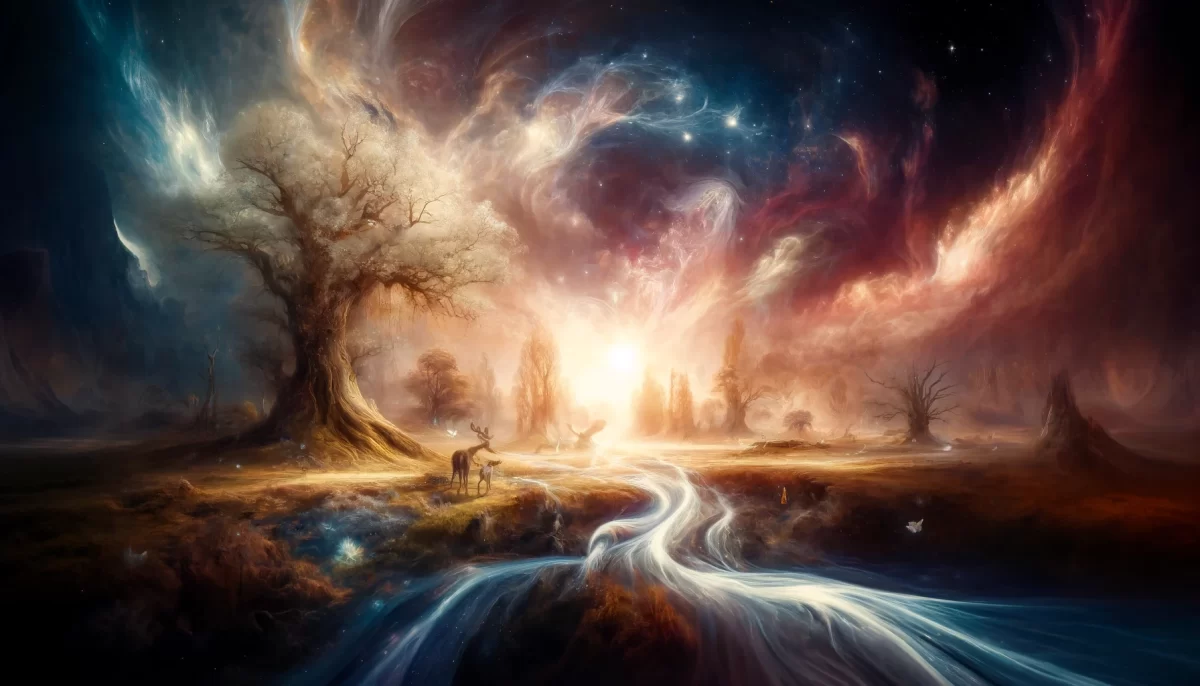
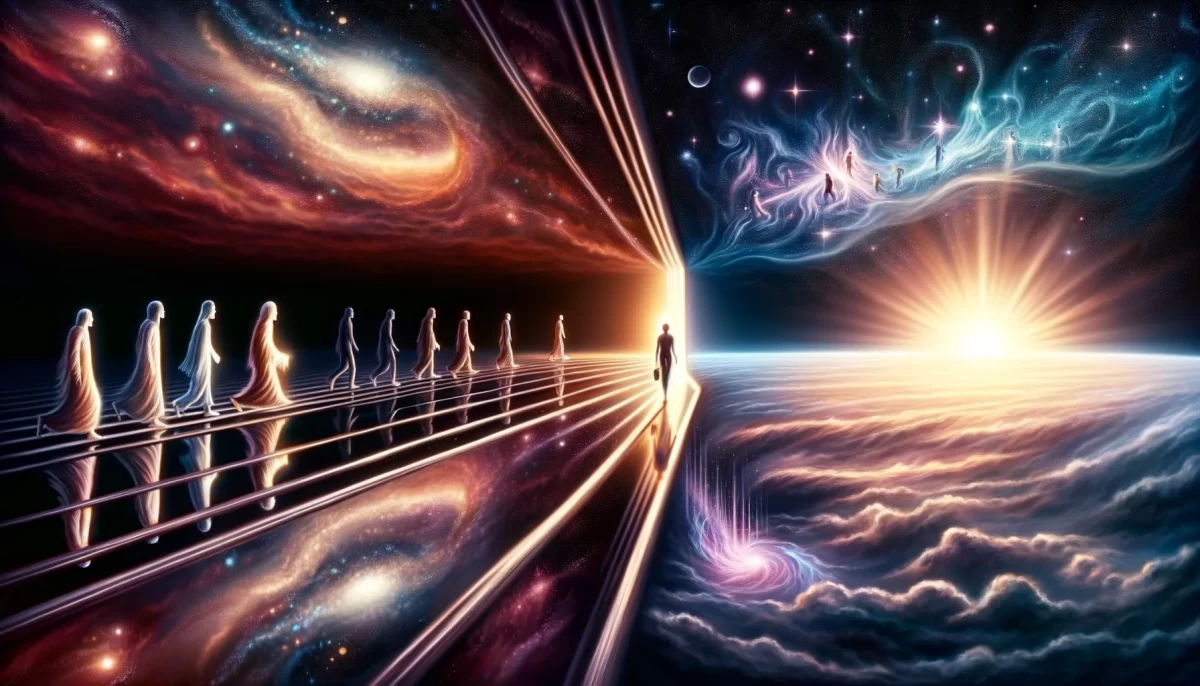
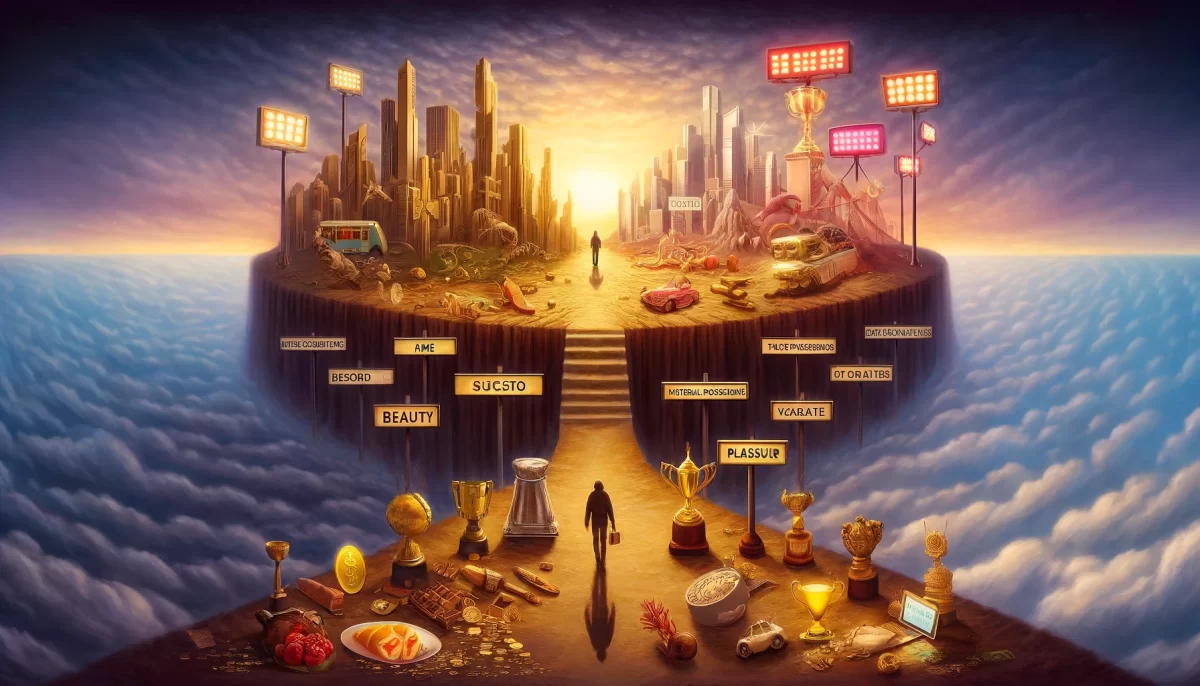
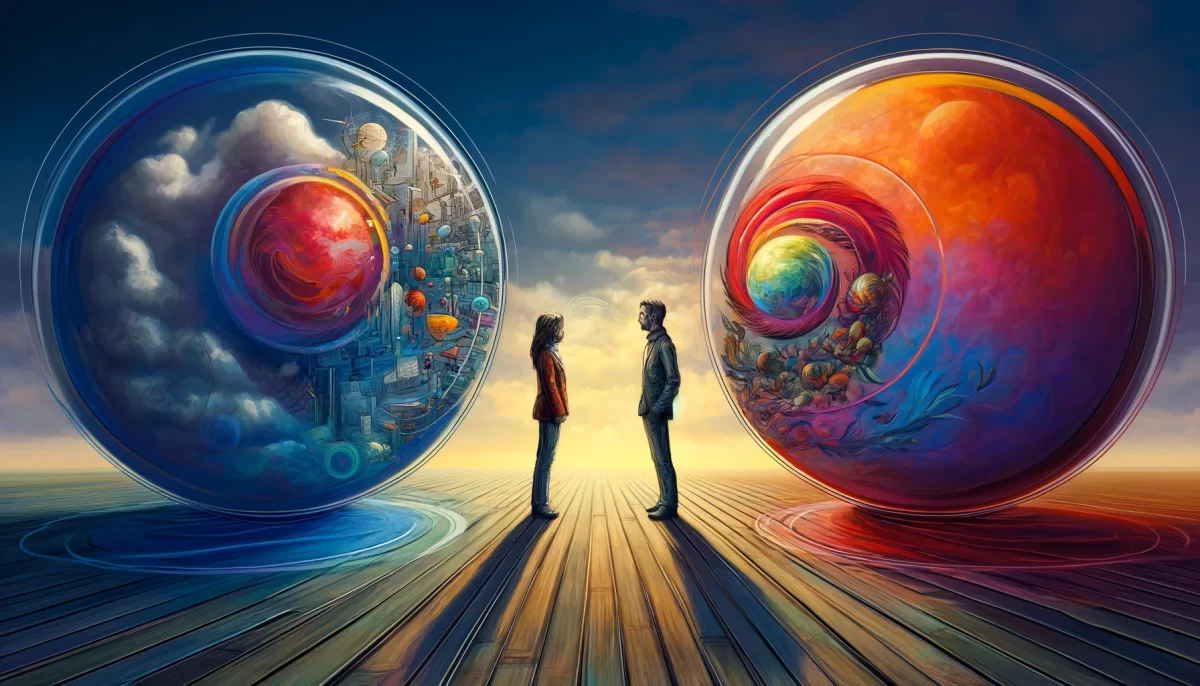

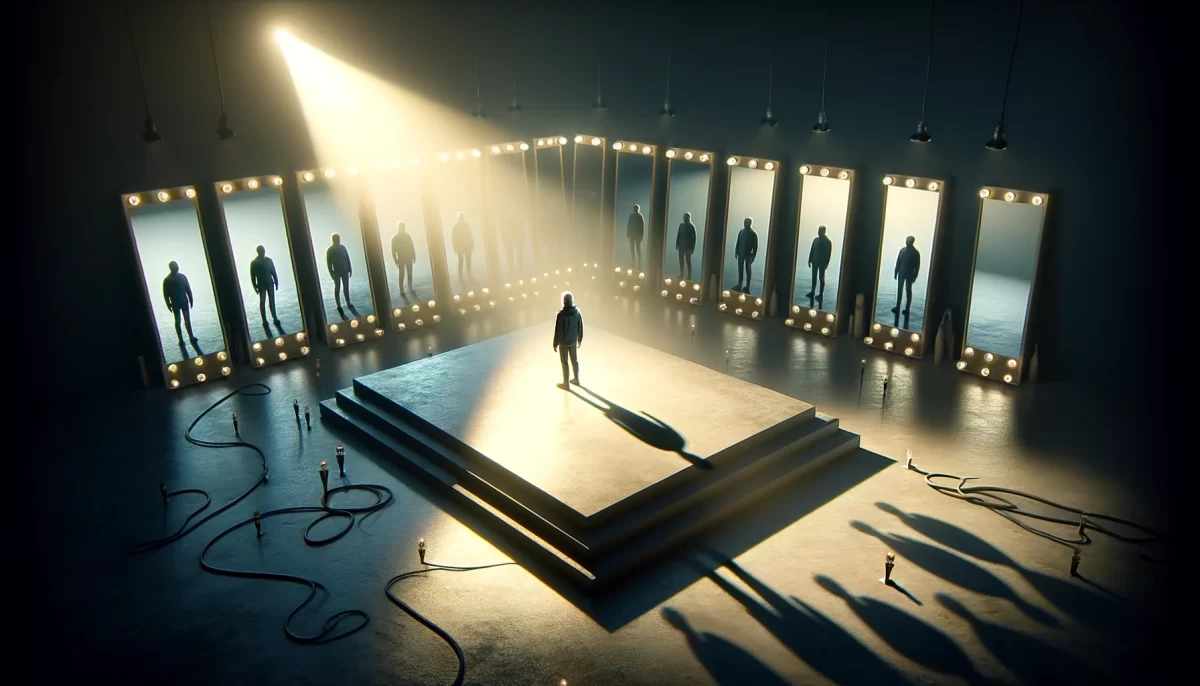
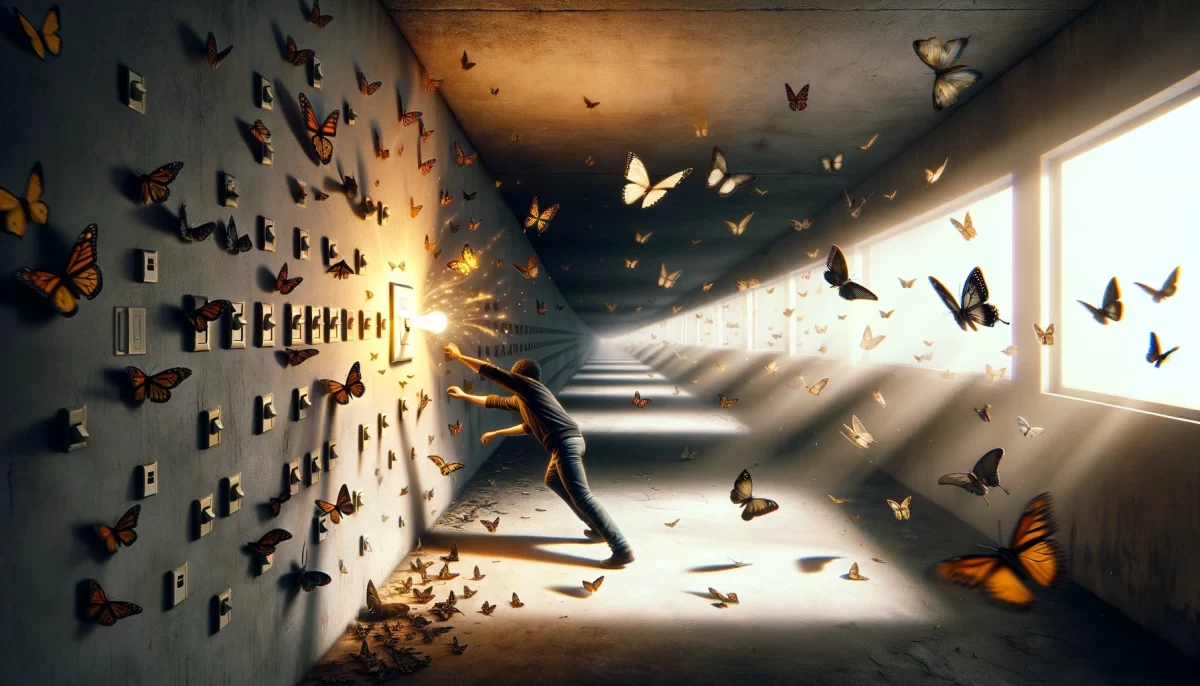

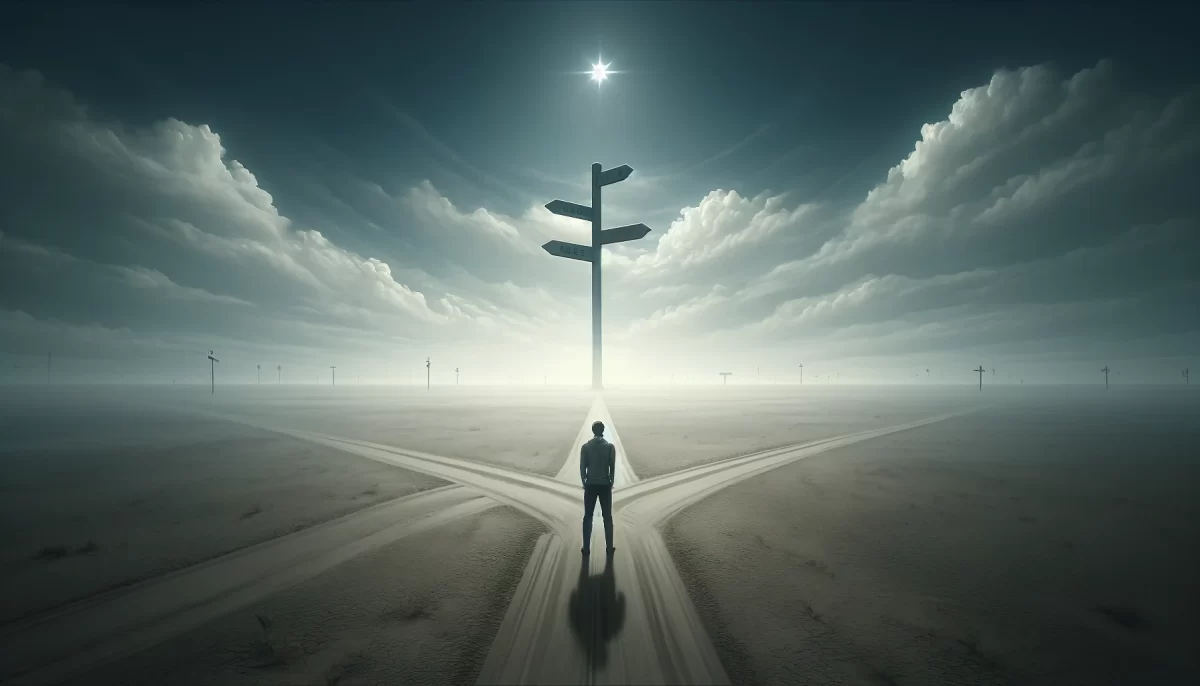
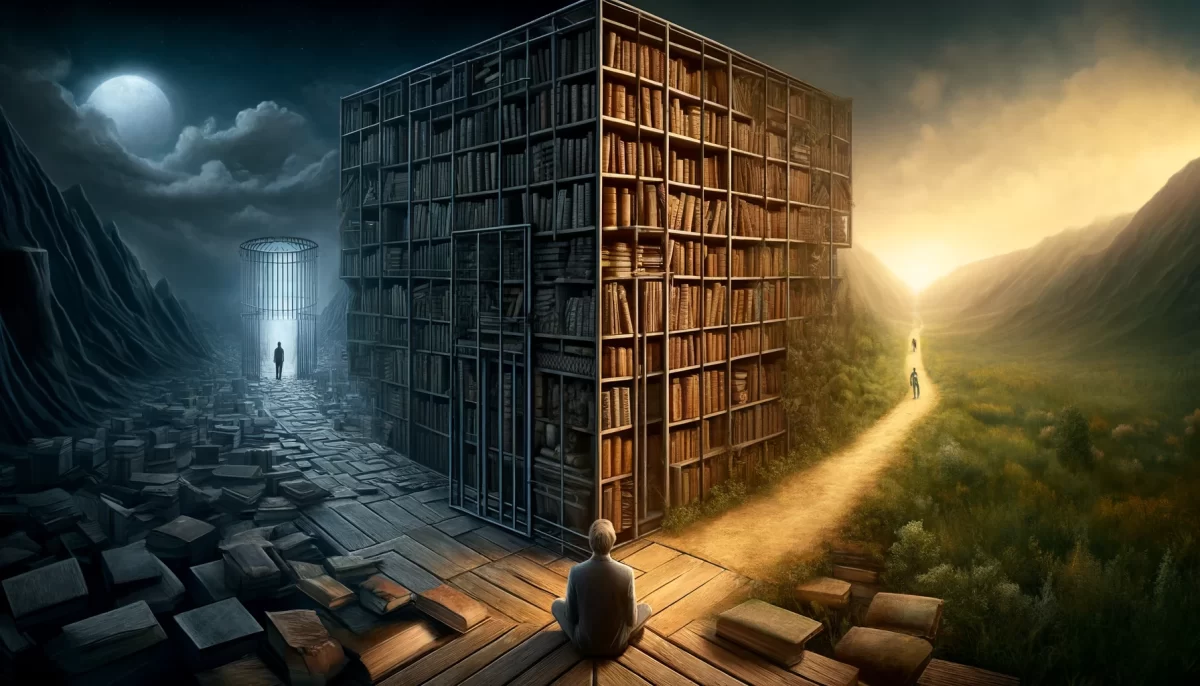
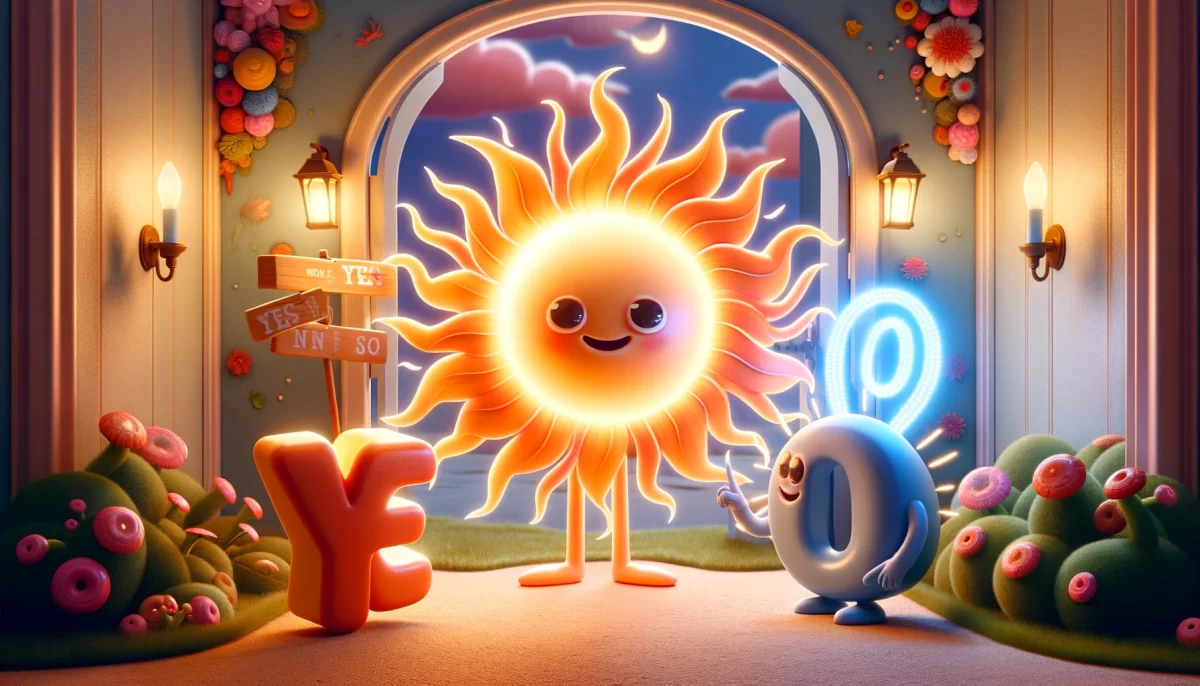
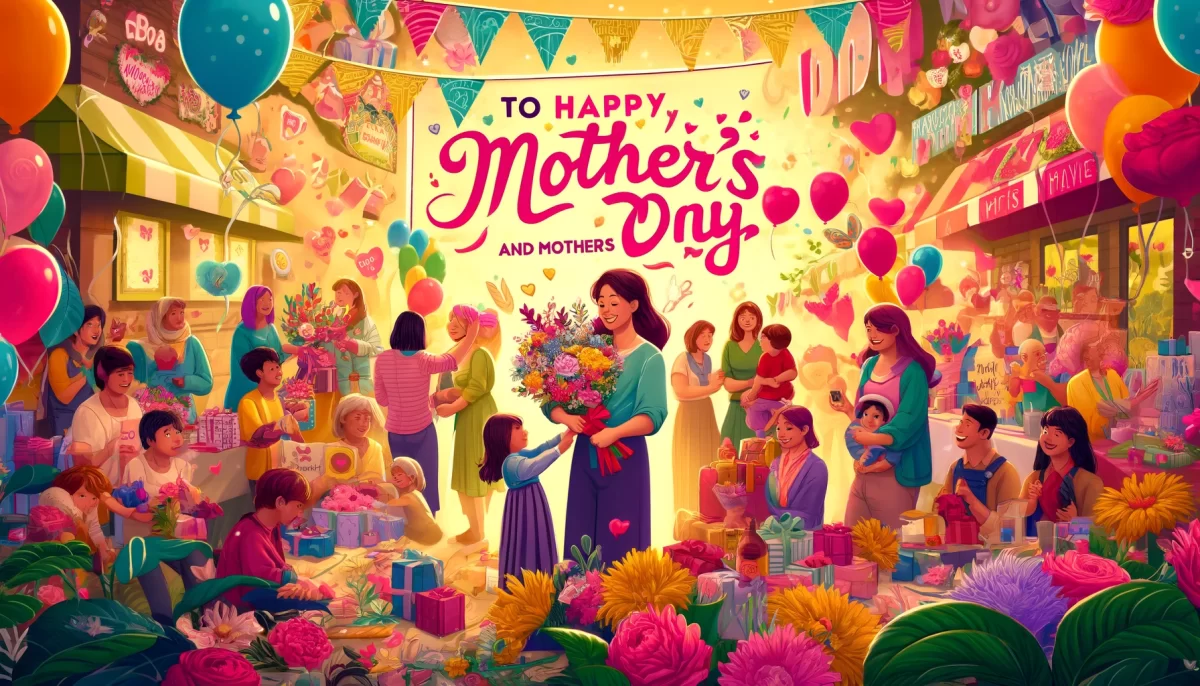
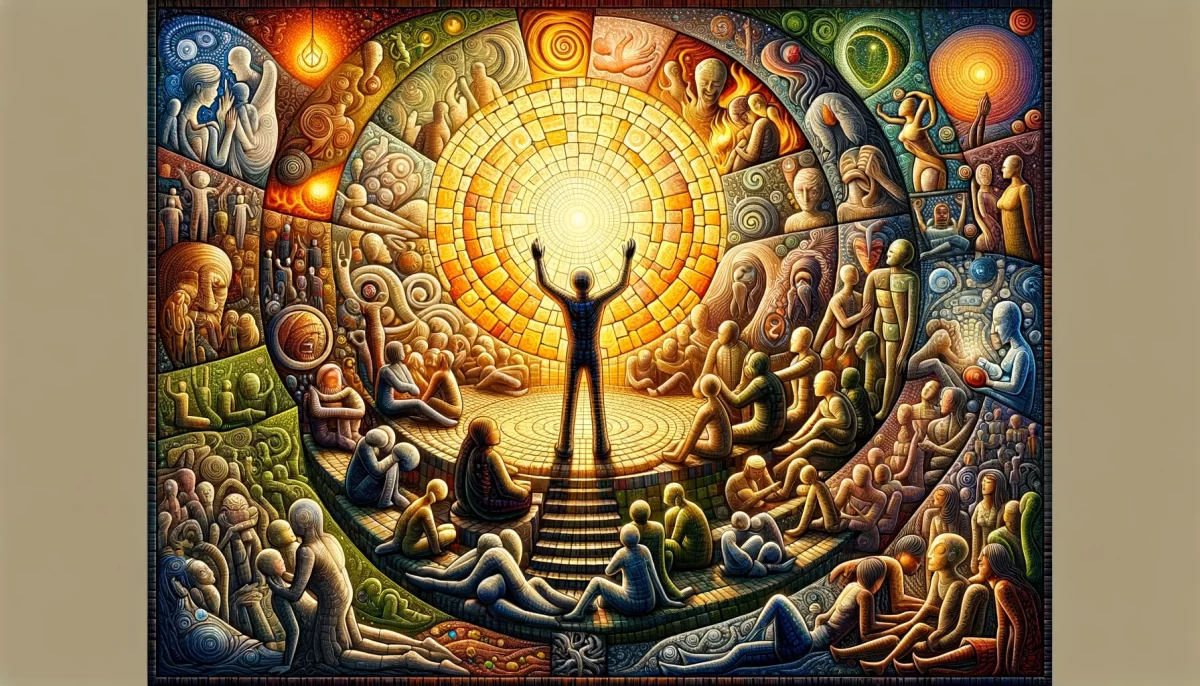
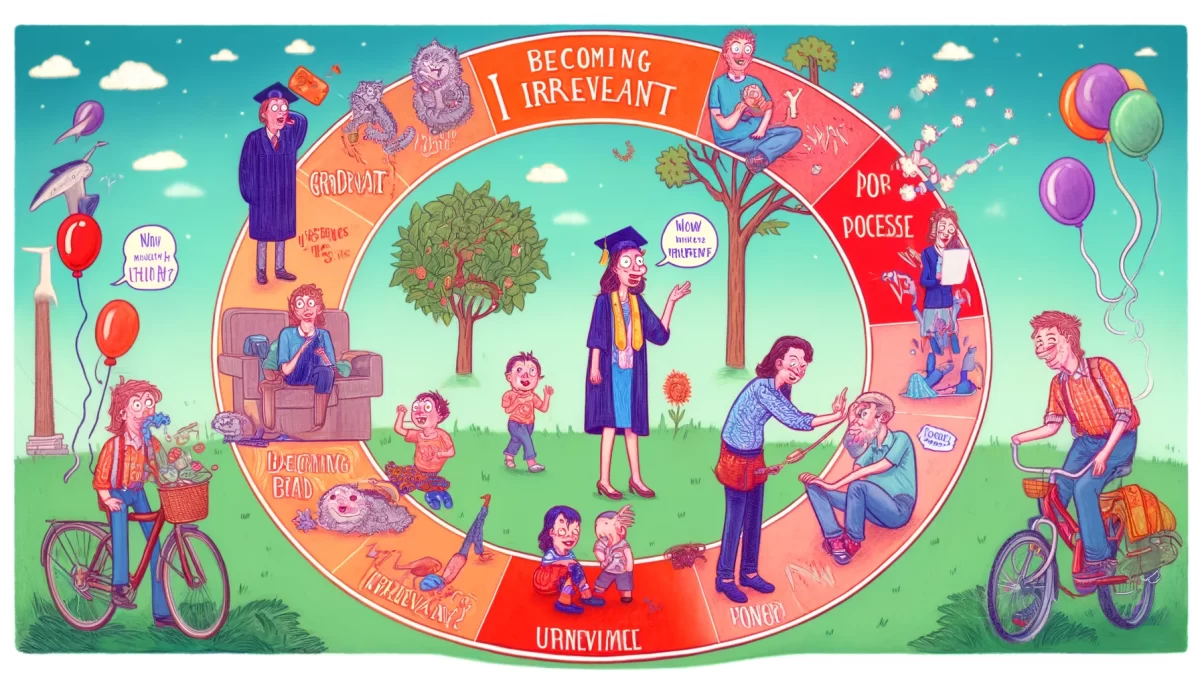
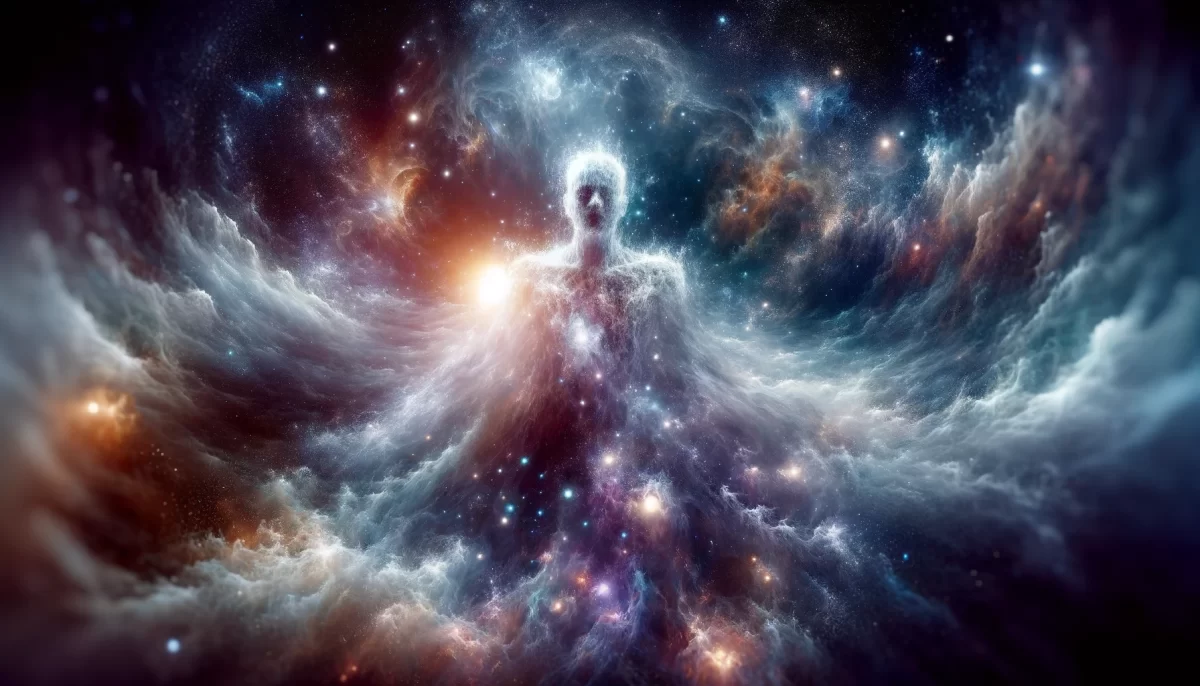
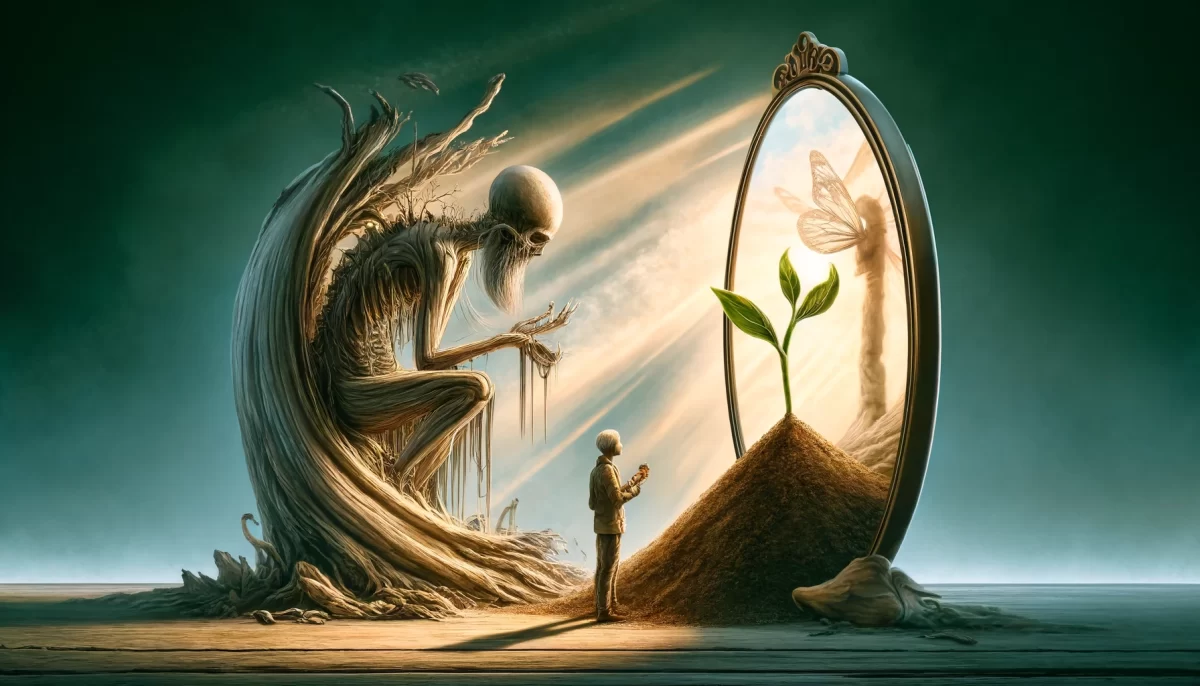
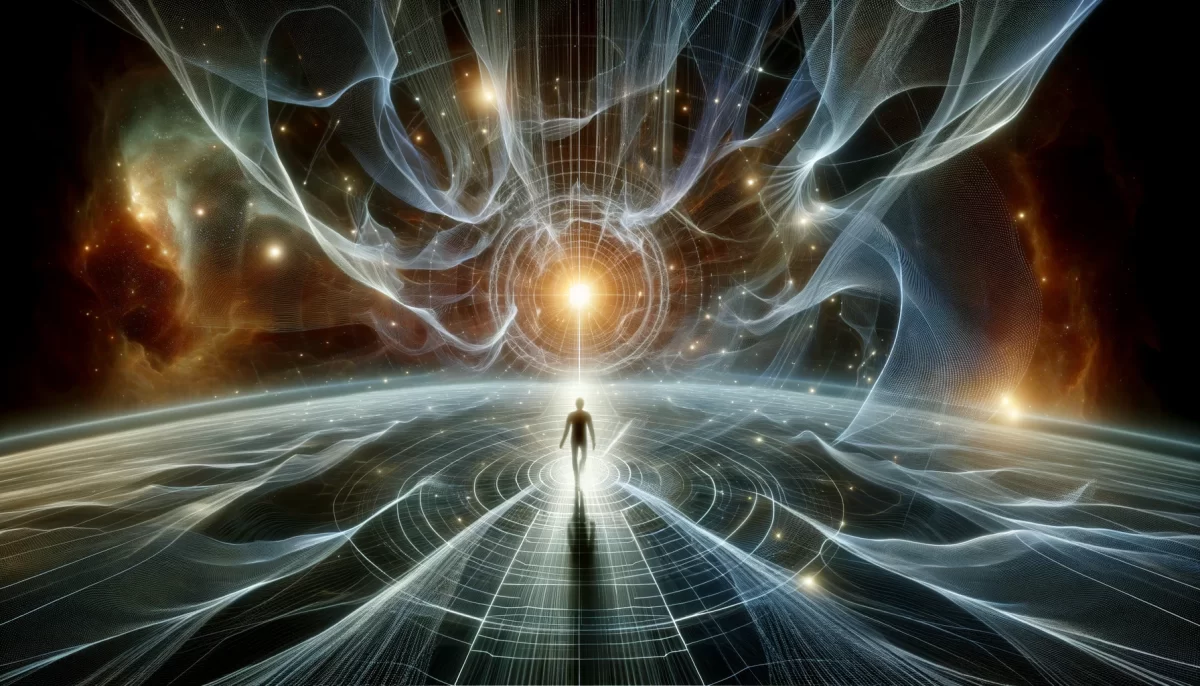

Leave a Reply